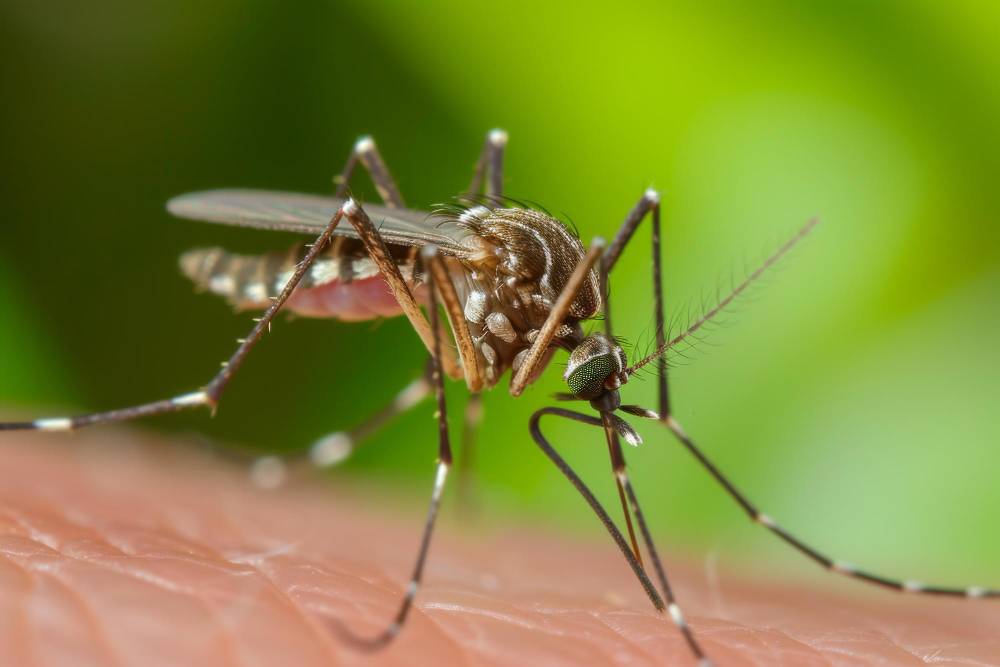Menu

In a California study conducted from June 7th to October 20th in 1958 it was found that a single garbage can produced 1,131 fly larvae every week. That’s a lot of flies! This statistic is particularly interesting in the light of the fact that the garbage cans studied were in a neighborhood of well-kept homes and tidy yards.
Although it is convenient to blame the presence of large numbers of flies on other sources such as city dumps, urban stables and kennels, the truth is that your garbage cans and those of your neighbors are the most likely sources of your fly problem. Thus, the key to solving fly problems is proper of management of garbage and other organic wastes, particularly pet feces that serve as breeding sites.
Indirect strategies for controlling flies should focus on the proper disposal of garbage and pet feces. Organic garbage from the kitchen should be well-wrapped and placed in a clean garbage can with a tight fitting lid. In the California study cited earlier it was found that well-wrapped garbage placed in suitable cans produced an average of 92 larvae per garbage can per week, compared to 1,131 larvae per can per week where the containers were unsatisfactory. This is over a 90% reduction.
In conclusion, the key to solving fly problems is proper management of garbage and other organic wastes, particularly pet feces that serve as breeding sites. Along with proper fitting screens and a fly swatter your fly problem should be reduced to something you can live with.
David Wheeler
DAVID WHEELER’S PEST CONTROL
Guys came on time did their job in a very professional way and we are very happy with their service.
Company is on top of their game David showed up to get are gophers. came out three days in a row haven’t seen a go for since
Joseph is a great ambassador for Wheeler's pest control, and a shout out to Daniel for dealing with my crazy schedule. Thanks guys!
A local business that everyone should support. All techs are knowledgeable, professional! FYI, they are also great w/ eradicating gophers as well!!